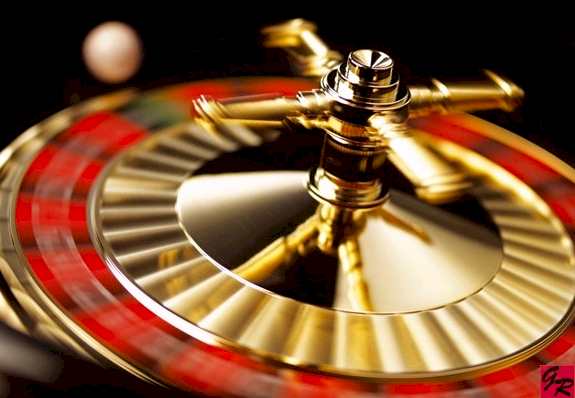Einstein hypothesized the existence of gravitational waves way back in 1916. And now, almost 100 years later, they’ve finally been detected. Physicists at the Laser Interferometer Gravitational-Wave Observatory have announced they have detected the ripples in spacetime. The video above from nature.com tells you all about gravitational waves in just 3 minutes.
Sean Carrol discusses how monumental this discovery is:
What I want to do here is to make sure, in case there was any danger, that nobody loses sight of the extraordinary magnitude of what has been accomplished here. We’ve become a bit blasé about such things: physics makes a prediction, it comes true, yay. But we shouldn’t take it for granted; successes like this reveal something profound about the core nature of reality.
Some guy scribbles down some symbols in an esoteric mixture of Latin, Greek, and mathematical notation. Scribbles originating in his tiny, squishy human brain. (Here are what some of those those scribbles look like, in my own incredibly sloppy handwriting.) Other people (notably Rainer Weiss, Ronald Drever, and Kip Thorne), on the basis of taking those scribbles extremely seriously, launch a plan to spendhundreds of millions of dollars over the course of decades. They concoct an audacious scheme to shootlaser beams at mirrors to look for modulated displacements of less than a millionth of a billionth of a centimeter — smaller than the diameter of an atomic nucleus. Meanwhile other people looked at the sky and tried to figure out what kind of signals they might be able to see, for example from the death spiral of black holes a billion light-years away. You know, black holes: universal regions of death where, again according to elaborate theoretical calculations, the curvature of spacetime has become so pronounced that anything entering can never possibly escape. And still other people built the lasers and the mirrors and the kilometers-long evacuated tubes and the interferometers and the electronics and the hydraulic actuators and so much more, all because they believed in those equations. And then they ran LIGO (and other related observatories) for several years, then took it apart and upgraded to Advanced LIGO, finally reaching a sensitivity where you would expect to see real gravitational waves if all that fancy theorizing was on the right track.

